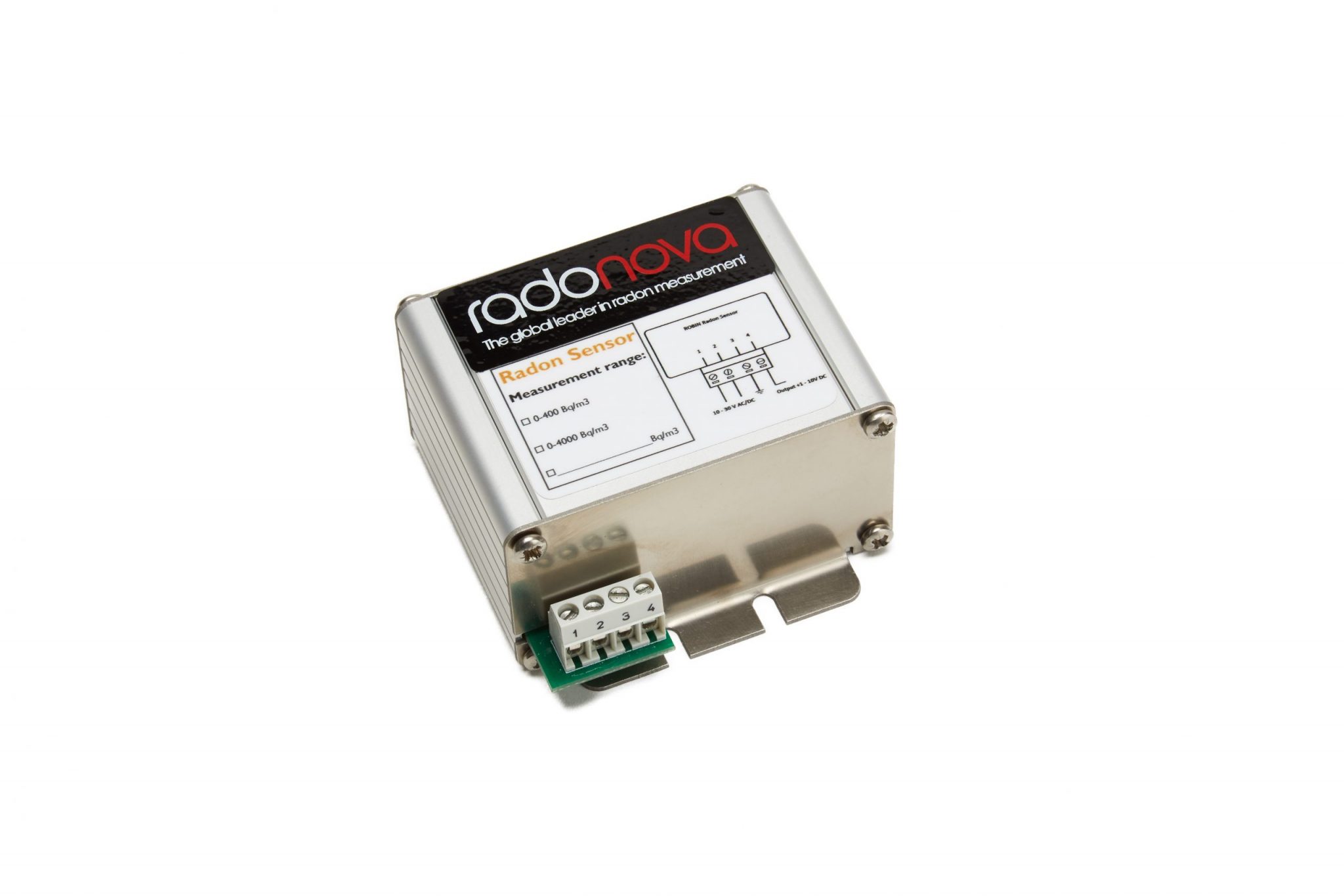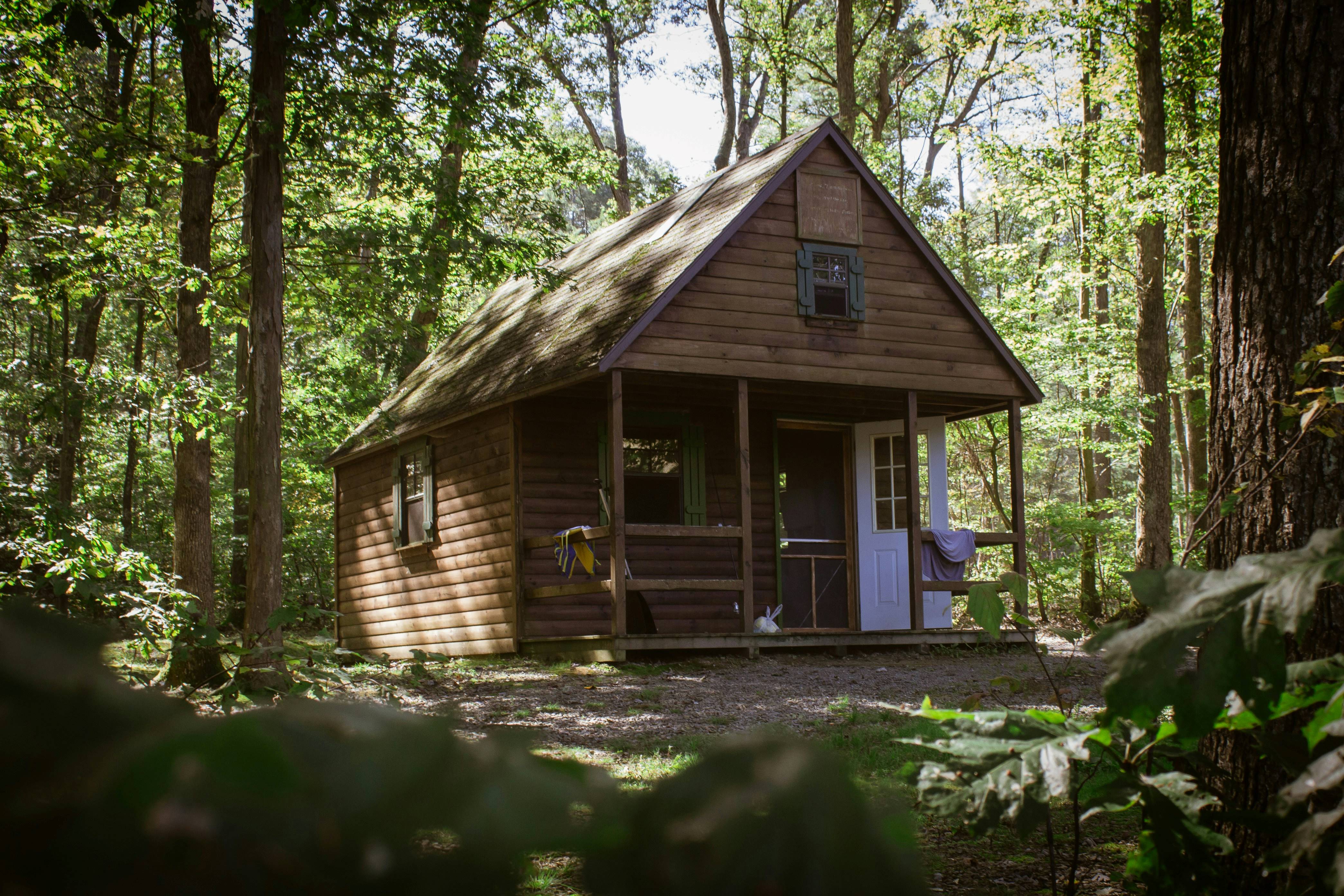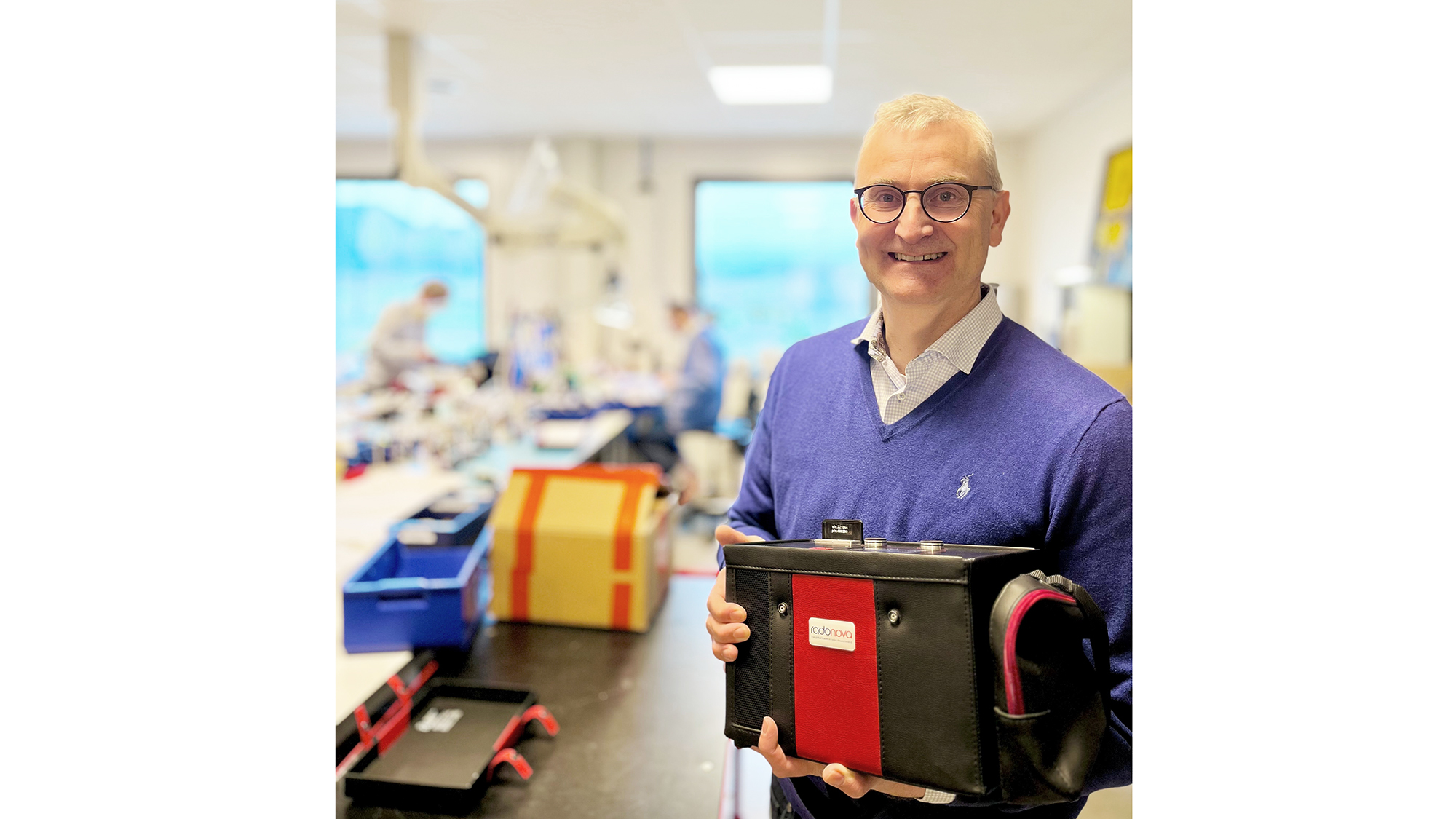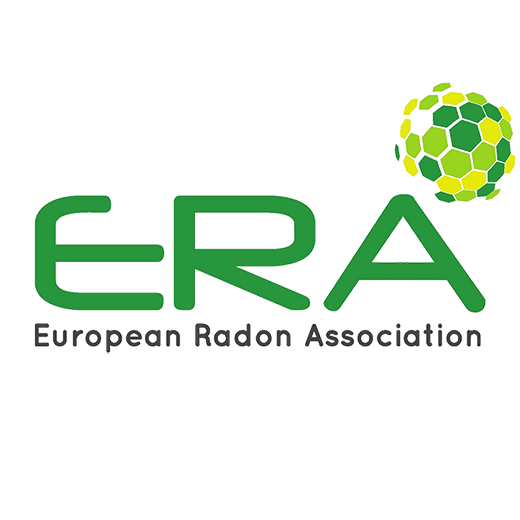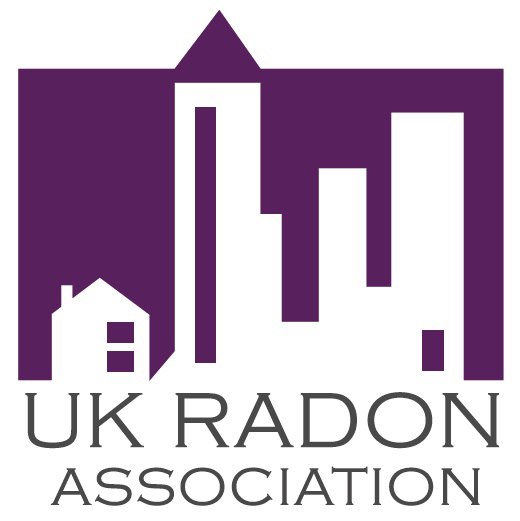Radon: a radioactive natural gas that pollutes indoor air
Radon is a colorless and odorless natural radioactive gas that comes from the ground and is present everywhere on the surface of the globe. It derives from the chain of radioactive decay of Uranium. As it is a gas it rises to the surface when it forms. Diluted outside, radon presents no risk. However, when it rises in poorly ventilated interiors through cracks or poorly sealed cable ducts, for example, and where air renewal is insufficient, radon can concentrate and present a significant risk of causing lung cancer.
According to the WHO, radon is the second leading cause of lung cancer after smoking and the leading cause of lung cancer in non-smokers. Globally, an estimated 230,000 people suffer from lung cancer each year as a result of long-term exposure to radon.
Ventilation: a remediation for reducing radon levels
Radon is a gas that many of the general public have little knowledge about, especially in terms of its harmful effects. Despite the existence of national radon regulations in many countries, widespread measurements are low so many homeowners will be unaware if remediation needs to take place – despite the fact that measurements are affordable and easy to conduct.
If a homeowner measures and gets an annual radon reference value which exceeds the recommended threshold, improving the efficiency of indoor air ventilation is a practical and efficient way of lowering levels to remain below national radon exposure guidelines.
Robin: a radon sensor to record variations in radon levels and control a ventilation system
Therefore, ventilation is often the most effective remedy for dealing with excessive radon levels. However, radon levels fluctuate over time and can vary significantly throughout the day. This is the reason why the effective treatment of radon by ventilation, with a view to optimizing energy costs, is very topical at the moment. It is becoming increasingly important for homeowners or workplaces to have the capability to optimize the power of the ventilation according to the levels of radon measured during the day.
This is why there is great interest in a sensor such as Robin
Robin is a sensor which, once connected to a 10-30V power supply, delivers a 1-10V output signal proportional to the radon levels that it measures. It is precise and sensitive to variations in radon levels and is one of the most effective sensors on the market. It is now possible to precisely modulate the power of the ventilation according to measured radon levels.
To learn more about Robin, visit our website and contact our experts directly
You asked for a radon sensor connected in LoRaWan?
A LoRaWan-connected version of the Robin sensor currently operating through a 4g router is also available.
More information about this very soon!
